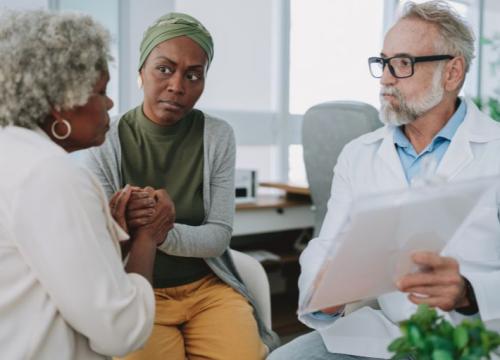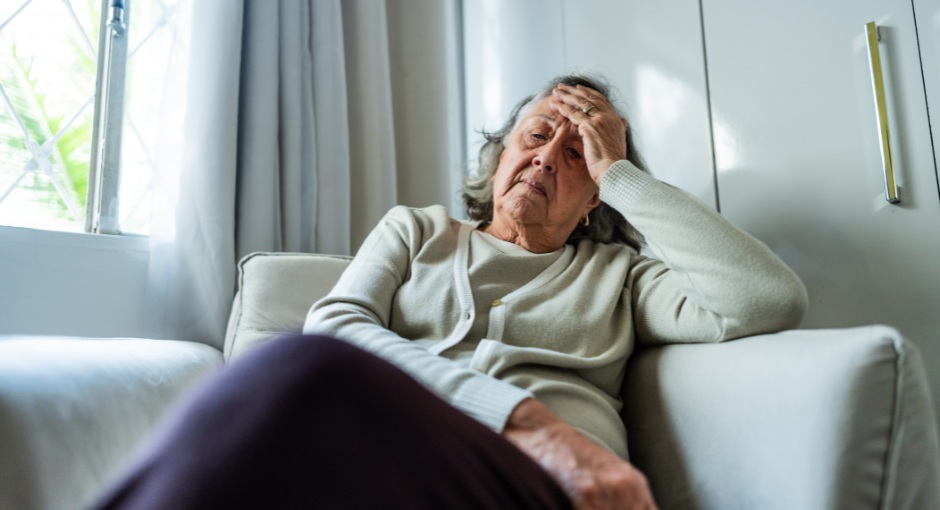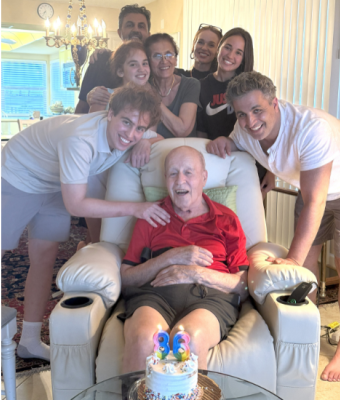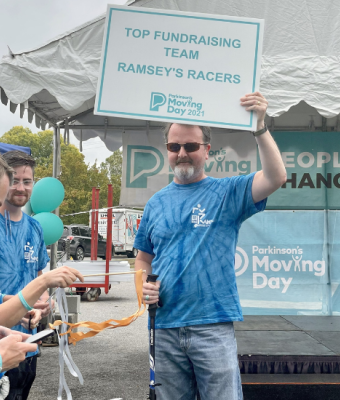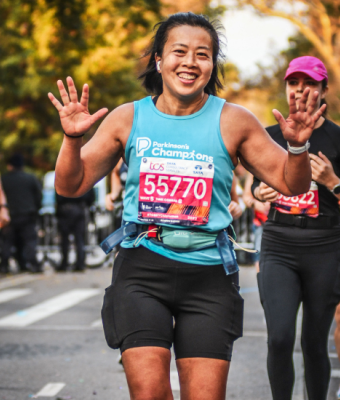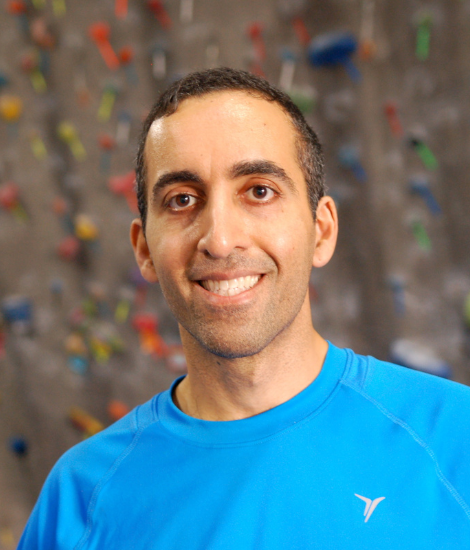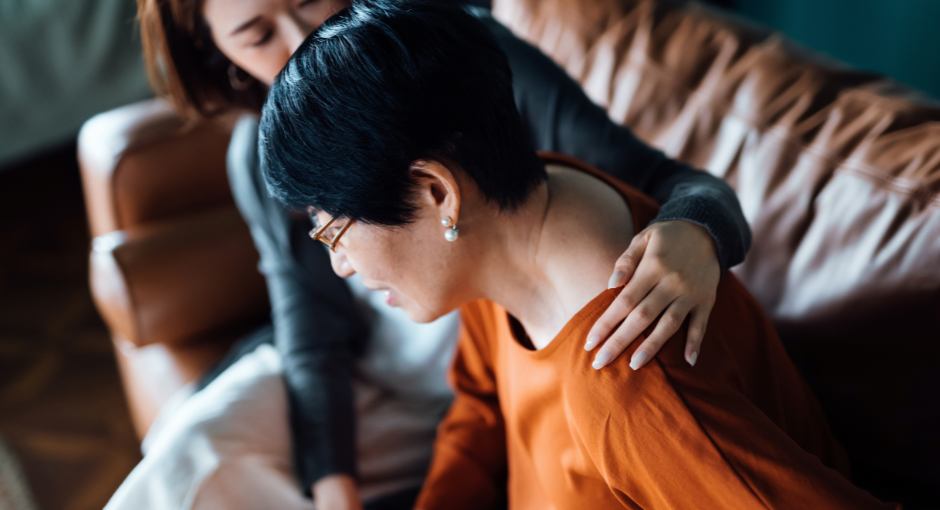What People with Parkinson’s Want Health Professionals to Understand

Finding care for Parkinson’s disease (PD) can be difficult due to a shortage in specialized care, especially for those who live in rural areas. There are one million Americans living with Parkinson’s and only 660 movement disorder specialists currently practicing in the U.S.
With limited access to movement disorders specialists, most people with PD find themselves visiting a general neurologist or primary healthcare provider for their Parkinson’s care. However, across all care settings, people with PD report feeling their healthcare providers may not fully grasp the intricacies and daily challenges that come with Parkinson’s.
The Parkinson’s Foundation is dedicated to educating and training our professionals about best practices in quality PD care. Yet, nobody understands the daily challenges of living with Parkinson’s better than those living with it.
We asked people with Parkinson’s on our social media channels what they wish health professionals understood about living with PD. This is what they said:
“I wish doctors would be more understanding that Parkinson's also affects their ability to process things sometimes. My dad would appear to be ‘thinking' about what the doctors said, but he was really struggling to understand what exactly was being said.” - Dawn
Some people with PD experience cognitive impairment that results in slowness of memory and thinking. Symptoms of cognitive impairment may not always be noticeable. However, this can influence the way people with PD understand information and may leave them feeling confused or overwhelmed.
“I wish they understood there are a lot of non-motor symptoms — hypotension, constipation, mood disorders, cognitive issues, etc. These need to be considered and monitored during regular appointments as well as those with their movement disorder specialists.” - Deanna
While non-movement symptoms are invisible, it's important to realize that they are common and many people with Parkinson’s find them more troublesome and disabling than movement symptoms.
“Healthcare professionals need to address mental health issues that can be caused by Parkinson’s itself.” -Leann
Mental health changes, like depression, anxiety and apathy are part of Parkinson's itself, resulting from PD-related changes in brain chemistry. Treating these symptoms is one of the most significant ways to improve quality of life for people living with Parkinson’s.
“This disease is very complex, not just a movement disorder. It affects your brain, your confidence, your sense of self, and there are day-to-day changes.” -Michele
Finding a mental health counselor is a step towards bettering your mental health and wellbeing. The counselor you partner with should make you feel safe and validated while helping you navigate life with PD.
“They should combine medical care with social worker care. Don't tell someone their life is about to radically change but provide nowhere to start or available services.” -Lee
Building a care team that is well-versed in PD will help guide you and improve your quality of life. People living with Parkinson's benefit most from a comprehensive, team-based healthcare approach. The Parkinson's Foundation promotes an allied health team approach across our Global Care Network.
“I wish they would believe patients and their caretakers when they mention symptoms or other issues.” -Lindsey
A 2022 poll from Mitre-Harris found that 52% of individuals in the U.S. feel their symptoms are “ignored, dismissed, or not believed” when seeking medical treatment. That number rises to 60% within the Hispanic community.
“They need to know the importance of taking medication at the right time when in the hospital. It was a nightmare trying to ensure that my mother got her medications on time.” - Roisin
People with Parkinson’s need to take their medication at the same time daily to avoid “off times,” periods of time when the effect of levodopa medication wears off, causing a return of motor or non-motor symptoms. This is especially important for healthcare providers in hospitals to recognize, as they are more likely to be distributing daily medication. Our Hospital Safety Guide is designed to help people with PD and their care partners advocate for high-quality care in the hospital.
Download Free Resources
The Hospital Safety Guide is filled with useful tools and information to help a person with Parkinson’s during their next hospital visit, planned or unplanned. Print these resources when you have used the copies within your guide, or share additional copies with care partners and loved ones.
“In general, healthcare professionals should understand more about the signs which indicate someone has Parkinson’s. Internists, even neurologists often miss the signs. We need better education for a heightened awareness of the many early symptoms of PD. Not everyone shows up with tremor.” -Donna
Learn how to recognize ten early signs of Parkinson’s in this fact sheet.
“Refer early for speech and swallowing changes!” -Julia
Addressing Parkinson’s symptoms early, such as speech and swallowing changes, is extremely important. Without intervention, swallowing difficulties can be especially dangerous.
“We are all very different, and whatever they learned in a book or heard from their last patient may not apply to me. Everything we tell our doctors pales in comparison to what we go through most days. We aren’t liars or exaggerating; we need a little relief.” -Esther
All people with PD deserve to receive proper care. Our PD stories allow people to share their stories and advocate for themselves. You can share your story here.
For Health Professionals
The Parkinson’s Foundation is here to help health professionals provide quality Parkinson’s care to their patients living with this disease. Explore our many resources for health professionals, including accredited online courses. Visit Parkinson.org/Care to learn more about our care priorities and programs.
If you or a loved one is looking for Parkinson’s expert referrals, contact our Helpline at 1-800-4PD-INFO (1-800-473-4636).
Related Materials
Related Blog Posts
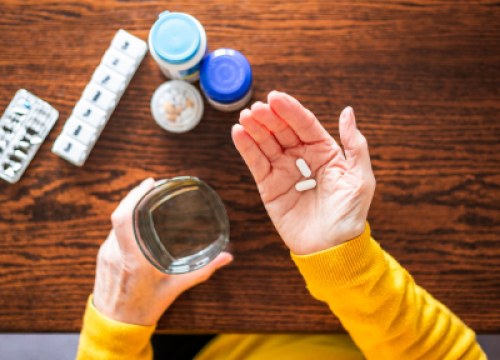
Parkinson's Medications 101

